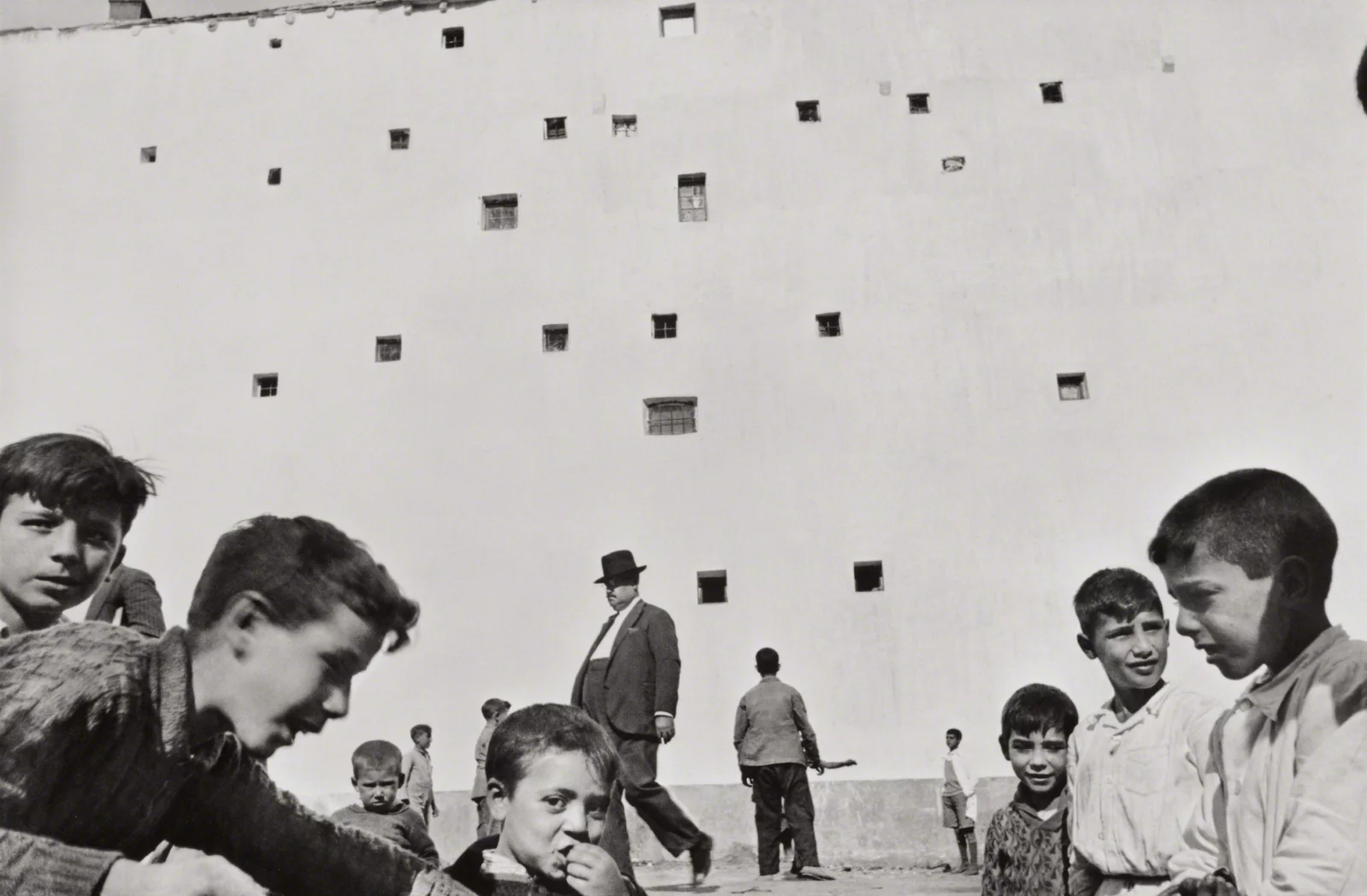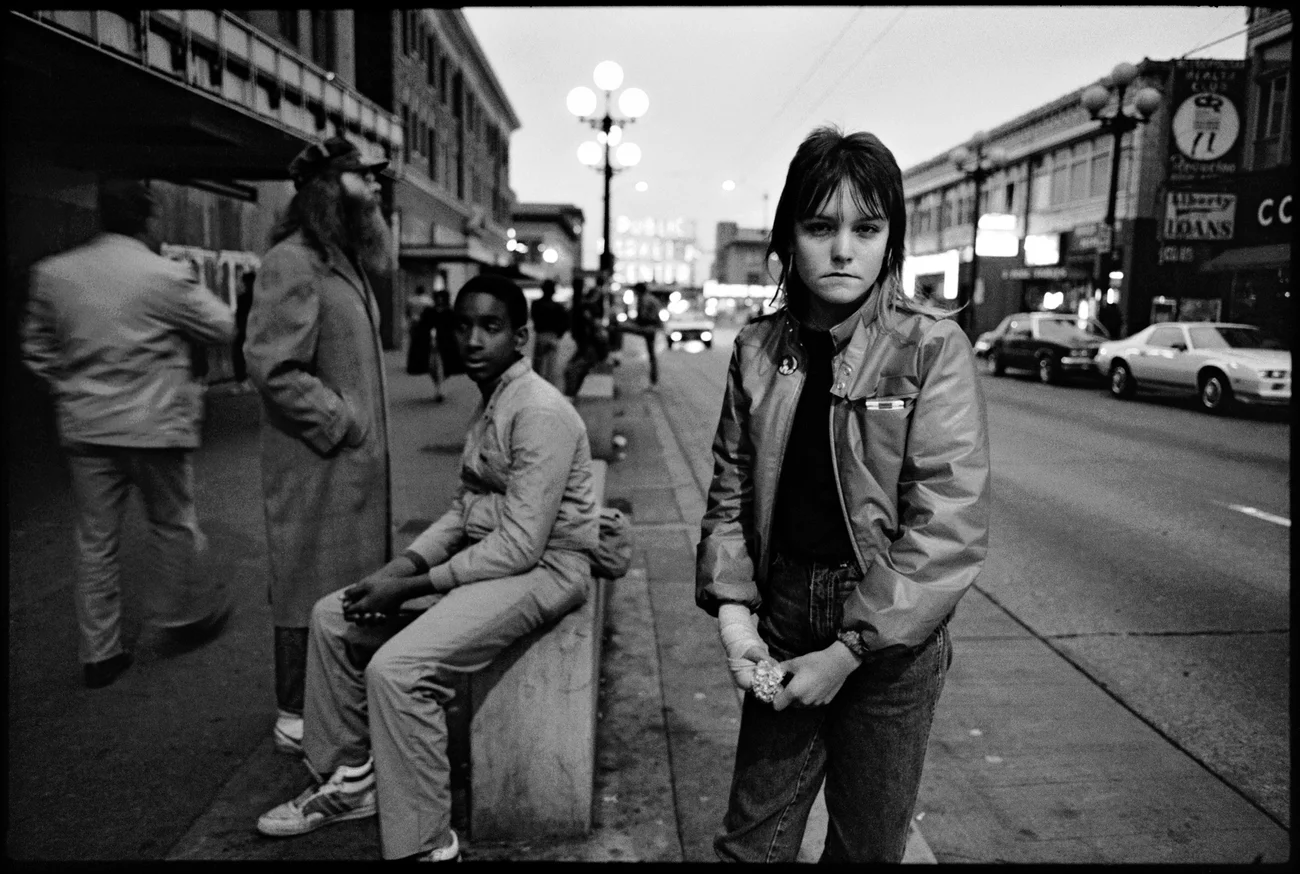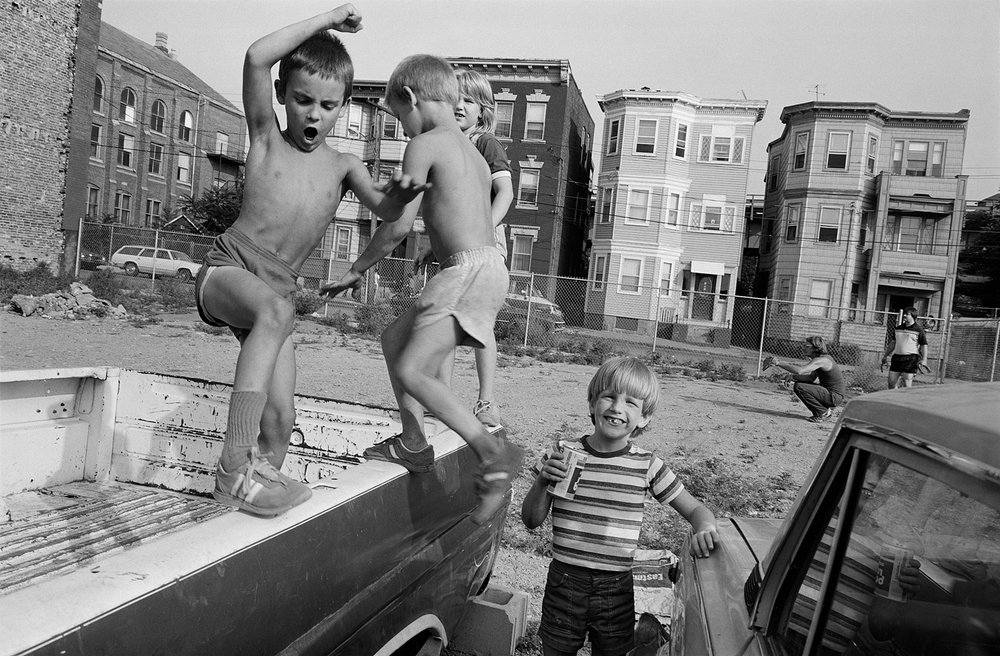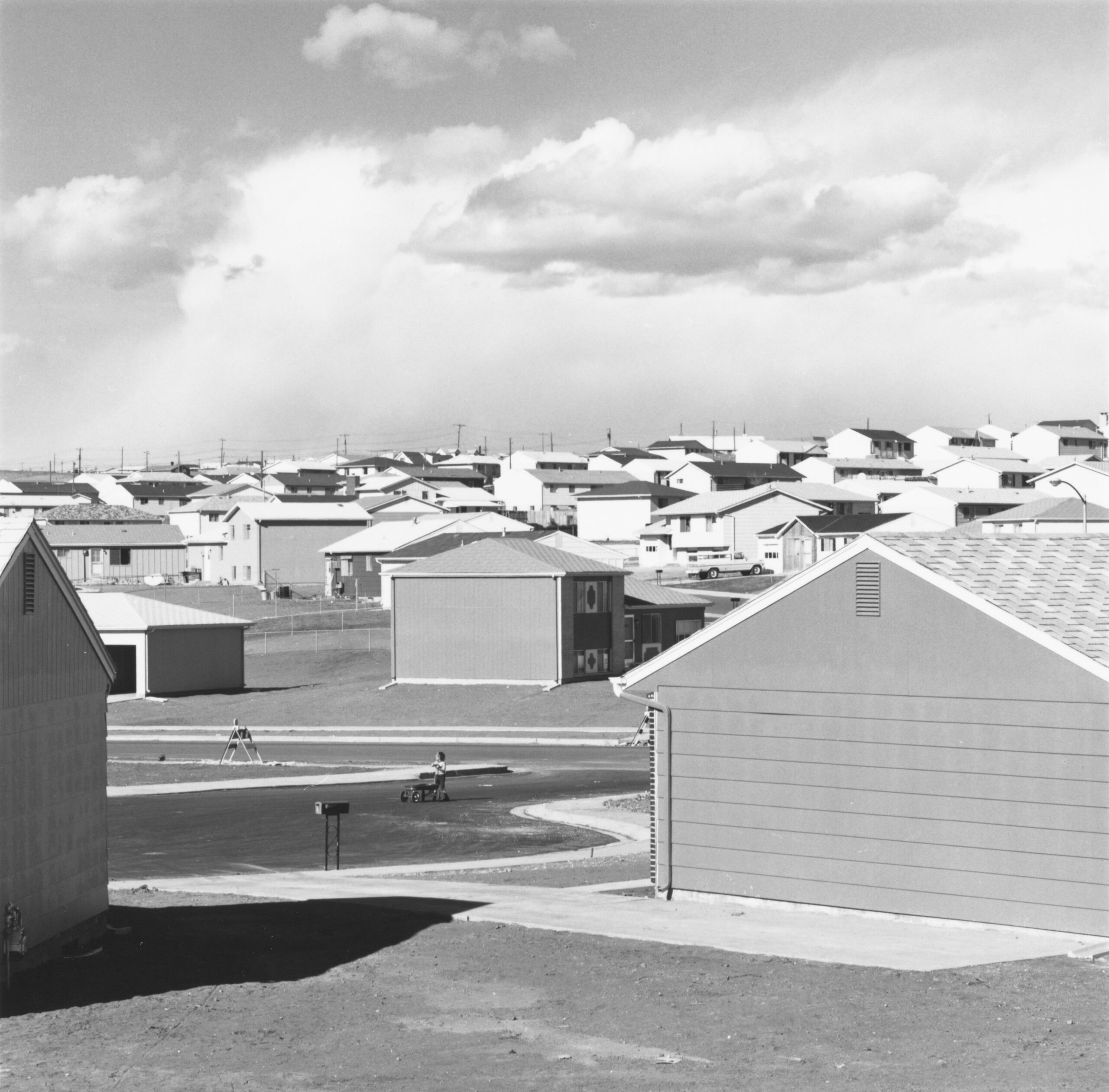Henri Cartier-Bresson: The Art of Capturing Life’s Fleeting Moments
Henri Cartier-Bresson’s photography captures life’s fleeting moments, revealing depth in everyday scenes.

Henri Cartier-Bresson’s photography reveals the extraordinary within the ordinary. His images capture fleeting moments that speak to the complexities of human life, emotion, and interaction, transforming everyday scenes into rich visual stories. Across cities, villages, and cultural rituals around the world, Cartier-Bresson observed how people move, interact, and exist within their environments—often in a single decisive instant that conveys both personal and universal truths.
This article explores thirteen key insights from his work, highlighting the themes, techniques, and subtle observations that define his approach. From the elegance of everyday life to the rhythms of urban spaces, from children’s resilience to the quiet commentary embedded in social dynamics, these observations reveal the depth, sensitivity, and artistry that make Cartier-Bresson one of the most influential photographers of the twentieth century.
- 1. Finding Depth in Everyday Life
- 2. Human Expression Through Portraits
- 3. The Rhythm of Urban Spaces
- 4. Themes of Isolation and Connection
- 5. Observation of Cultural Rituals
- 6. Children as Symbols of Innocence and Resilience
- 7. Tension and Contrast in Composition
- 8. The Passage of Time
- 9. Attention to Body Language and Gesture
- 10. Guiding the Viewer’s Eye Through Lines
- 11. Humor and Irony in Everyday Scenes
- 12. A Sense of Place: Immersing in Local Atmosphere
- 13. Social Commentary Through Subtlety
- Conclusion
- Further Reading
1. Finding Depth in Everyday Life
Cartier-Bresson had a rare gift for revealing beauty in the ordinary. He could transform everyday moments into compelling visual stories. Whether capturing children playing in the street or workers immersed in their routines, he showed that even the simplest actions, when framed and timed precisely, could carry emotional weight.
In Madrid, 1933, a man walking along a street while children play before a plain wall becomes a meditation on human interaction with space. The careful framing of the figures against the backdrop and the precise timing of their movements turn a fleeting moment into something narrative, almost cinematic. Through such images, Cartier-Bresson reminds us that beauty often lies just beneath the surface of daily life.
Takeaway:
Everyday life holds layers of meaning, and it’s up to the observer to uncover them. By looking beyond the surface, even the simplest moments can tell profound stories about the world and the people in it.
2. Human Expression Through Portraits
Cartier-Bresson’s gift for capturing the human essence in his portraits remains one of his most celebrated skills. His sensitivity to expression allowed him to create images that felt spontaneous and genuine, rather than posed or contrived. He sought moments where his subjects revealed themselves naturally, letting their true emotions surface without interference.
What made his portraits especially compelling was his ability to connect with people in brief, often fleeting encounters. A glance or subtle movement could reveal the inner world of his subjects, turning their faces into windows onto their thoughts and feelings. By avoiding the stiffness of traditional portraiture, his work invites viewers into a more intimate, immediate experience with the people he photographed.
Takeaway:
When capturing people, focus on moments of genuine emotion. By allowing subjects to express themselves naturally, the resulting image creates a stronger and more authentic connection between subject and viewer.
3. The Rhythm of Urban Spaces
Cities were central to Cartier-Bresson’s vision. He had an acute sense of how people moved through and interacted with urban spaces, using streets, architecture, and public areas as both backdrop and narrative element. His photographs capture the rhythm and flow of city life, often emphasizing how individuals navigate the environments around them.
In works like Behind the Gare Saint-Lazare (1932), he froze a man mid-jump above a puddle. The industrial structures and scattered debris frame a chaotic urban setting, yet the figure’s movement introduces a moment of grace amidst the disorder. This contrast between human action and the cityscape recurs throughout his work, as Cartier-Bresson consistently used the built environment to illuminate the relationship between space and the people who inhabit it.

Takeaway:
Observe how people move through and engage with their surroundings. The relationship between a person and their environment can reveal deeper truths about both, creating a more dynamic and layered image.
4. Themes of Isolation and Connection
Cartier-Bresson’s work often explores the tension between isolation and connection. Many of his images depict individuals—or small groups—who, though surrounded by others, seem absorbed in their own thoughts or emotions. This creates a quiet sense of introspection within the bustling scenes he captured. Yet he also documented fleeting moments of human connection: glances, gestures, and interactions that reveal the shared experiences of those around him.
His skill in balancing these contrasting elements is evident in photographs that juxtapose solitude with brief but meaningful interactions. These images comment on the human condition, showing how connection and isolation often coexist. By emphasizing these contrasts, Cartier-Bresson evokes a range of emotions—from introspection to shared joy—creating richer, more layered narratives within his work.
Takeaway:
Capture both moments of solitude and interaction. The tension between these states can evoke emotional depth, revealing how individuals experience connection and isolation in various settings.
5. Observation of Cultural Rituals
Throughout his travels, Cartier-Bresson showed great respect for the cultural rituals and traditions he encountered. In countries such as India, China, and Mexico, he focused on the rhythms of daily life, festivals, and ceremonies. Rather than observing from the outside, he immersed himself in the cultural context, capturing these moments with an intimacy and understanding that went beyond simple documentation.
One example is his series from India documenting Gandhi’s funeral. His photographs convey not only the public spectacle of the event but also the private grief of the mourners. They reveal the deep connection between participants and their traditions, offering viewers insight into both the emotional and symbolic significance of these rituals.
Takeaway:
When documenting cultural events, strive to capture the deeper meaning behind the actions. Focus on the emotional and symbolic aspects that reflect the values and traditions of the people involved.
6. Children as Symbols of Innocence and Resilience
Children appear frequently in Cartier-Bresson’s work, often representing themes of innocence, spontaneity, and resilience. He photographed them at play, sometimes in conflict-scarred or impoverished settings, emphasizing their ability to find joy despite the circumstances. His images show children in their natural state—unposed and unfiltered—revealing their emotional honesty and boundless energy.
In Seville, 1933, children play in front of a crumbling wall. Their laughter and carefree movements stand in stark contrast to the dilapidated surroundings, highlighting the resilience of youth in the face of hardship. Cartier-Bresson’s ability to capture these moments of innocence and joy, even amid challenging environments, lends his work a sense of hope and vitality.

Takeaway:
Focus on capturing the natural responses of children to their environment. Their unguarded behavior often reveals deeper truths about human resilience and the ability to find joy in even the harshest conditions.
7. Tension and Contrast in Composition
One of Cartier-Bresson’s defining techniques was his use of tension and contrast within his compositions. He often juxtaposed elements such as light and shadow, movement and stillness, or intimacy and distance to create both visual and emotional tension. These contrasts add depth to his work, inviting viewers to look beyond the surface and uncover the subtler meanings in his images.
In Valencia, 1933, a boy stands before a towering wall, his small figure dwarfed by the imposing structure. The contrast between the boy’s delicate presence and the harsh texture of the wall evokes a sense of vulnerability and wonder, prompting reflection on the relationship between humans and their surroundings.

Takeaway:
Incorporate contrasts into your compositions to add depth and complexity. Visual tension—whether through lighting, subject matter, or framing—can engage the viewer and encourage a deeper exploration of the image.
8. The Passage of Time
Cartier-Bresson’s work often reflects on the fleeting nature of time. His photographs capture moments in transition—through movement, shifting light, or the impermanence of human life set against enduring backdrops. His ability to freeze an instant while still evoking the passage of time demonstrates his mastery of timing and composition.
Many of his street photographs show people mid-stride or in the midst of action, highlighting life’s transitory quality. In contrast, the urban environments often remain static, underscoring the briefness of human interaction against the enduring presence of the world around them.
Takeaway:
Look for moments that highlight the passage of time. By capturing fleeting actions within enduring spaces, you can create images that speak to both the transience and permanence of life.
9. Attention to Body Language and Gesture
Cartier-Bresson was sensitive to body language and the subtleties of human gesture. His photographs are full of small, revealing details—hands clasped in thought, a casual lean against a wall, or the unspoken communication between two people. These subtle movements often convey more about a subject’s inner state than overt expressions could.
He understood that even the slightest gesture could carry weight, adding depth and meaning to an image. By focusing on these quiet, often overlooked moments, Cartier-Bresson imbued his work with intimacy and observation, making even ordinary moments feel significant.
Takeaway:
Pay attention to body language and subtle gestures. These small details often reveal more about the subject’s emotions and relationships than more obvious cues, adding richness to the narrative.
10. Guiding the Viewer’s Eye Through Lines
Cartier-Bresson often used lines—both literal and implied—to guide the viewer’s eye through his compositions. By carefully positioning subjects within the frame, he created a natural flow that directs attention across the image.
In Hyères, 1932, the diagonal of the staircase and the curve of the road lead the viewer’s gaze toward a cyclist, generating a sense of movement and harmony. These lines not only provide structure but also enhance the image’s dynamic qualities, transforming an ordinary moment into something visually compelling.

Takeaway:
Use lines in your compositions to guide the viewer’s gaze. Well-placed lines can add depth, movement, and visual interest, transforming an ordinary scene into something more engaging.
11. Humor and Irony in Everyday Scenes
Although known for his serious and contemplative work, Cartier-Bresson also had a sharp eye for humor and irony. His photographs often capture amusing or unexpected moments in everyday life, adding a lighter, more human touch to his portfolio.
In Sunday on the River Marne, 1938, he captures a group of people lounging on the grass, dressed in formal attire yet sprawled across the ground in informal poses. The contrast between their elegant clothing and relaxed behavior adds a playful, ironic element to the image.

Takeaway:
Life is full of small moments of humor and irony. Highlighting these moments adds warmth and relatability to your work, offering viewers a more personal connection to the subject.
12. A Sense of Place: Immersing in Local Atmosphere
Cartier-Bresson’s photographs are closely connected to the places he captured. He didn’t treat locations as mere backdrops; instead, he imbued them with atmosphere and character, grounding his subjects in a distinct cultural and environmental context. Whether photographing a bustling European city, a quiet Indian village, or a crowded Chinese market, he conveyed the essence of each place.
His images often evoke mood and atmosphere, using details such as architecture, landscapes, or local customs to draw the viewer into the environment. This attentiveness to place allowed Cartier-Bresson to create work that feels both specific and universal.
Takeaway:
Consider how the setting influences the mood and story of an image. The place itself can be as much a part of the narrative as the people within it, adding context and emotional weight to the work.
13. Social Commentary Through Subtlety
Many of Cartier-Bresson’s photographs are encoded with subtle social commentary, visualizing political, economic, and social realities without being overt or heavy-handed. He often captured moments that reveal divisions between social classes, inequalities, or critiques of authority, allowing these themes to emerge naturally from the subjects and their surroundings.
For example, in some of his images of post-war Europe, the contrast between wealth and poverty, or power and vulnerability, quietly reflects the social dynamics of the time. By presenting these issues without explicit statements, Cartier-Bresson invites viewers to engage with the underlying themes in a more reflective and nuanced way.
Takeaway:
Use subtlety when addressing social issues in your work. By allowing the themes to emerge naturally from the composition, you invite viewers to reflect more deeply on the subject, encouraging them to form their own interpretations.
Conclusion
Henri Cartier-Bresson’s photography offers more than striking images—it provides a lens through which to understand the human experience. By capturing fleeting gestures, moments of interaction, and the interplay between people and their surroundings, he illuminated the beauty, humor, and complexity of everyday life.
Across his work, we see mastery of composition, attention to detail, and an acute sensitivity to time, place, and human emotion. Whether through portraits, urban scenes, cultural rituals, or subtle social commentary, Cartier-Bresson’s images continue to inspire. They remind us that even the briefest instant, observed closely and thoughtfully, can reveal universal truths about humanity and the world around us.
Work Cited
Ideas and work that informed my thinking on this topic:
More Observations on Practice
-
Mary Ellen Mark: The Ethics of Seeing
Mary Ellen Mark became the cartographer of intimacy within instability. Her photographs are less dispatches than allegories, balancing technical precision with an unflinching moral gaze.
-
Sage Sohier: Human Connection and Social Relationships
Sohier‘s photography represents a masterful exploration of human relationships, identity, and social dynamics in American life.
-
Robert Adams: 15 Observations on Photographing the American West
Robert Adams’ photography stands as one of the most significant documentations of environmental change in the American West.




